Nostalgia on Tuesday: Brave Tradition
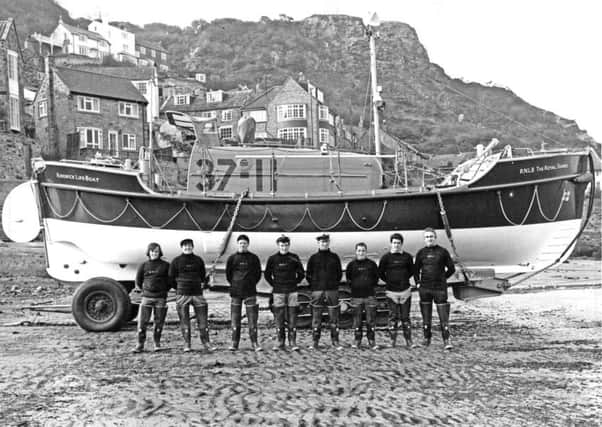

The first lifeboat station was established at Formby beach in 1776 by William Hutchinson, who was Liverpool Common Council’s Dockmaster. Eight years later London coachbuilder Lionel Lukin, created the first non-submersible lifeboat by modifying a 20ft Norwegian yawl. He tested it on the Thames and it was patented in 1785.
The first purpose-built lifeboat is attributed to boatbuilder Henry Greathead and was tested on the River Tyne on January 29, 1790. This followed a tragedy involving a ship named Adventure at the mouth of the river where the crew drowned.
Advertisement
Hide AdAdvertisement
Hide AdGreathead won a competition for the design and build of a lifeboat organised by South Shield’s private Law House committee. His reward was two guineas. Combining some features put forward by parish clerk, William Wouldhave, Greathead’s vessel measured 9m long and 3m wide, could carry 20 people, including a rowing crew of up to 12. It was aptly named Original.
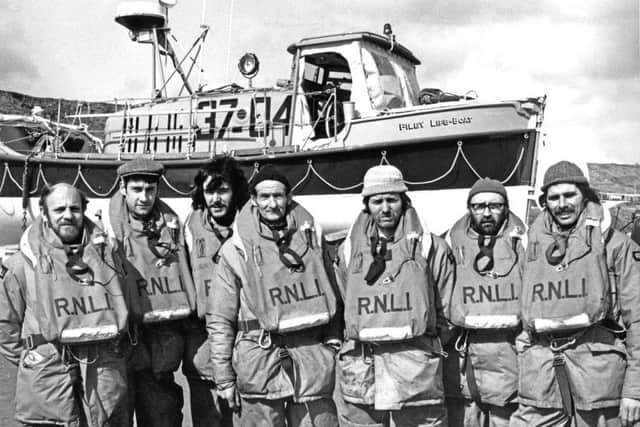

Lifeboat stations were established in Scarborough in 1801; Whitby in 1802; Filey 1804; Bridlington c. 1805; Spurn (Humber Lifeboat Station), 1810; Flamborough c. 1839.
Standing on the extreme tip of Spurn Point, the Humber lifeboat station was unlike its other Yorkshire counterparts. It was maintained by the Hull Trinity House, from 1810 to 1908, then the Humber Conservancy Board until, in 1911, it was taken over by the Royal National Lifeboat Institution.
A number of these early stations built boats or were supplied boats from the plans and moulds of Henry Greathead. Supported by voluntary subscriptions and donations, Scarborough’s original boathouse was situated near the Mill Beck and the lifeboat was first called into service on November 2, 1801, rescuing the crew of seven from the Aurora of Newcastle.
Advertisement
Hide AdAdvertisement
Hide AdMany local efforts at sea rescue throughout Britain were combined into a national organisation with the formation of the National Institution for the Preservation of Life from Shipwreck (later Royal National Lifeboat Institution, RNLI) in 1824.
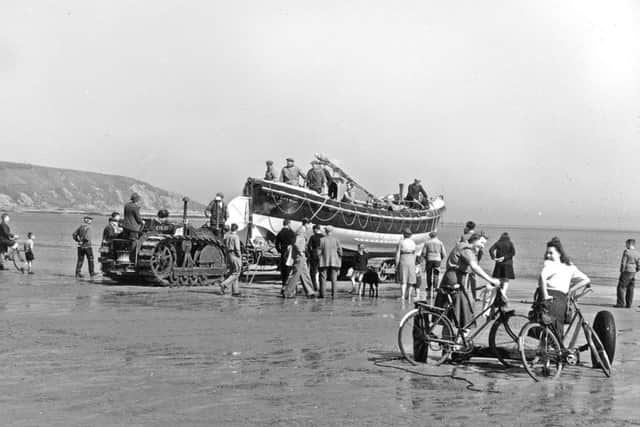

Filey was taken over by the RNLI in 1852 and a lifeboat house was erected in the same year.
Each Yorkshire lifeboat station’s chronological history is full of details surrounding the awards of gold and silver medals for bravery. Tragedies are also listed.
Three gold and three silver medals were awarded for bravery at Whitby before the station was taken over by the RNLI in 1861. One of the gold medals was presented to Lieutenant G S Brittain for launching the west side lifeboat with a 10-man crew to rescue the crew of 10 from Jupiter of Whitby that ran aground between Whitby and Upgang in a violent gale on October 29, 1838.
Advertisement
Hide AdAdvertisement
Hide AdIn time Whitby would have four stations: Whitby old No 1 (west side), closed 1934; Upgang (1865-1919); Whitby No 2 (east side, closed 1954; and the existing station Whitby (motor) opened in 1919.
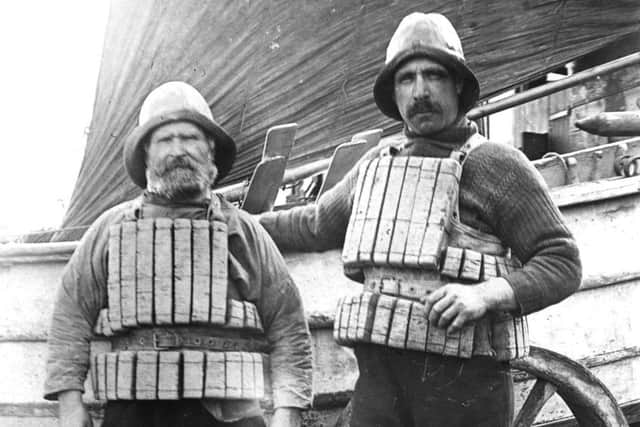

Among early tragedies involving Yorkshire lifeboatmen was one at Scarborough in 1836, where the town’s second lifeboat, built in 1822 by voluntary subscriptions, capsized with the loss of 10 crew. Taken over by the RNLI in 1861, the institution’s first lifeboat at Scarborough met with tragedy when first launched on November 2 of that year. Two of the crew and three spectators were killed when the Amelia smashed against the Spa Wall while attempting to rescue the crew of the schooner Coupland, wrecked in the South Bay.
In 1861, 12 from a crew of 13 at Whitby drowned on February 9 of that year. The sole survivor was Henry Freeman and it was his first day in the crew. He survived because he was wearing a cork life belt which had been sent to Whitby several years earlier as a specimen introduced by a Captain Ward.
The modern life jacket owes much to Ward, an RNLI inspector, who introduced a cork vest in 1854 to be donned by lifeboat crews for both weather protection and buoyancy. Subsequent life-saving developments included the ‘Mae West’, the first inflatable life preserver.
Advertisement
Hide AdAdvertisement
Hide AdStaithes and Runswick lifeboat station was established in 1875 primarily for helping fishing boats struggling to reach land in stormy conditions. The station was closed in 1922, re-opened in 1928 but closed again in 1938. Forty years later it reopened as Staithes and Runswick station.
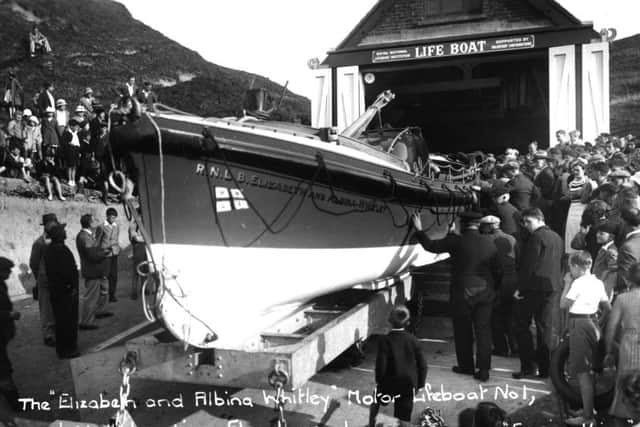

Between 1871 and 1938 there were two stations at Flamborough, one boat was stationed on the north beach and the other on the south.
Tales of bravery during the early 20th century must include the exploits of Whitby’s gold medal -winning coxswain, Thomas Langlands, and the two silver medallists, Richard Eglon and George Peart. Together they helped rescue 35 people from the hospital ship Rohilla which had run on to a formidable reef at Saltwick Nab with 224 men and five nurses on board.
Scarborough was fortunate to have coxswain John Owston among its ranks. Before retiring in 1911, he took part in the rescue of 230 lives. Besides receiving a silver medal for gallantry in 1880, 22 years later he was presented by the Prince of Wales with two silver mounted pipes.
Advertisement
Hide AdAdvertisement
Hide AdSince the RNLI’s foundation in 1824, lifeboat crews and lifeguards have saved over 140,000 lives at a cost of more than 600 lives lost in service.
The internet has provided the RNLI with the opportunity to provide each of Yorkshire’s lifeboat stations a website to list their steady progress, fine achievements and sad losses. Readers who want to learn more are advised to access them.